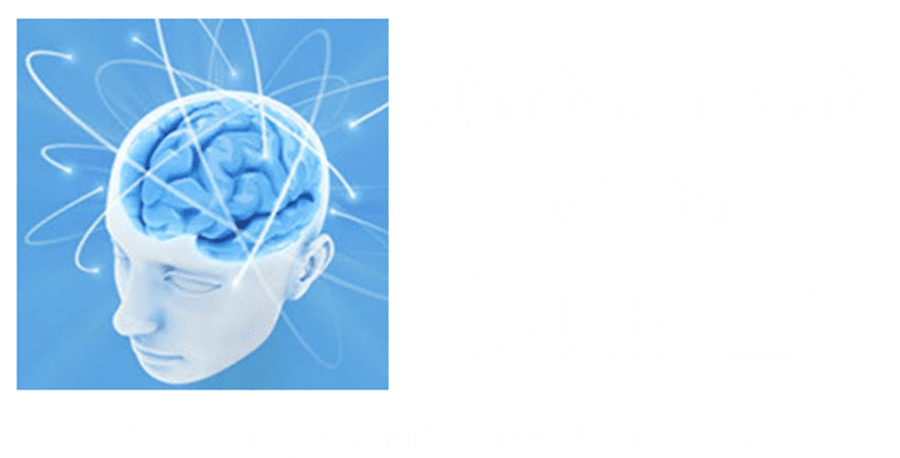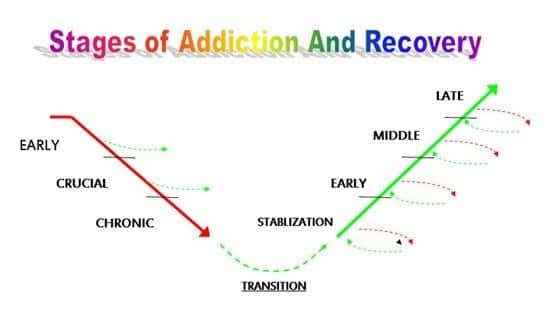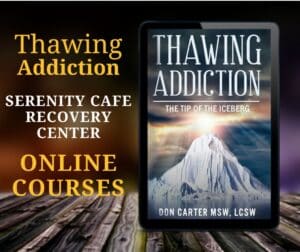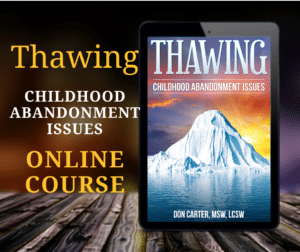
Post Acute Withdrawal Syndrome
Post-Acute Withdrawal Syndrome Video
In our video the Stages of Addiction and Recovery, we outline the three processes of addiction recovery and relapse. In this video, we are focusing on post-acute withdrawal syndrome so I’m just going to mention these three processes here. You can learn more by watching the video on the stages of addiction recovery.

The process of addiction is represented in the bold red line, the process of recovery is represented in the green line, the dotted Red Line represents the process of relapse. The dotted green line represents transition and stabilization. The diagram shows that you can only relapse when you’re in the process of recovery. Again, you can learn more about these three processes in the video on the stages of addiction and Recovery. It’s important to see the relapse process in the big picture in order to understand what happens with post-acute withdrawal syndrome if it is left untreated.
Post Acute withdrawal syndrome is a set of symptoms that occur after the acute withdrawal from the addiction of choice. Acute withdrawal has to do with the physiological or physical reactions that can occur when a person stops acting out their addiction. For example, a person in the late stages of alcoholism might begin to experience withdrawal symptoms such as irritability, restlessness sweaty, high blood pressure, and even seizures in the worst cases. These physical symptoms are a reaction to the absence of alcohol in this case. It takes an average of three to five days to break the physical dependence on alcohol. Post Acute withdrawal syndrome as a result of a psychological dependence on addiction. There are six major symptoms of Post Acute Withdrawal…
- Memory problems
- The difficulty with Concentration & Focus
- Stress Sensitivity
- Physical Coordination Problems (Bumping into things, accident-prone)
- Sleep Disturbances (Drinking/Using dreams, insomnia, etc.)
- Emotional Over-Reaction or Numbness
Stress triggers Post Acute Withdrawal Syndrome. The symptoms of Post Acute withdrawal intensifies the stress, which intensifies the symptoms, which intensifies the stress, and so on. So the culprit is really stress and the difficulty handling stress without the addiction of choice. For people living with an addiction, prior to recovery, the response to stress and stressors was to drink, take a drug, eat, work, or find some other way to cope with stress.
In and of itself stress is not a bad thing. In fact, stress helps us rise to the challenge and meet our goals. The moment we perceived a threat or challenge our brain gets flooded with the stress hormone called CRF. This creates an anxiety response sharpens our senses so that we may become hyper-aware of our surroundings. CRF also sends a message to the adrenal glands to release epinephrine (adrenaline) and cortisol, another stress hormone, to prepare us for action.
The brain also shuts down any unnecessary systems such as the digestive system and the immune system and reproductive system diverting the energy from the system to reacting to the current situation. Once we neutralize the threat or rise to the challenge then the stress response is replaced with a relaxation response. In other words, all of our energy is diverted back to its normal functions and homeostasis is regained.
Chronic stress or distress is known as bad stress. But there really is no such thing as “bad” stress because chronic stress is not actually caused by the stress or the threat. Chronic stress is caused by the inability to create an adequate relaxation response as outlined in the video. When threats and challenges keep coming rapid-fire, one after the other, there may be no time to really allow the relaxation response to switch-on.
Learn to Create an Adequate Relaxation Response
Early recovery tends to have a lot of challenges to overcome and the way we used to “overcome” them was to “give in” to the urges to fall back on our “normal” method — acting out our addiction. The brain then “learns” or is “trained to believe” that it is not possible to cope without the addiction of choice — causing stress to grow stronger, which causes the PAW symptoms to increase in intensity, which causes more stress, causing — well you get it.
The audios at Serenity Cafe Recovery Center have brainwave en-“train”-ment rhythms embedded within them. These brainwave rhythms actually “teach/train” the brain to produce an adequate relaxation response thereby “switching off” the stress response, and in doing so, reducing the PAW symptoms! Select one or two of the 6 audios above and listen at least once a day for three weeks, especially when you notice the PAW symptoms begin.
Another major cause of chronic stress is found when we grow up in a less than nurturing family. Growing up in an alcoholic or other dysfunctional home, for instance, can cause…
- The need to always be on guard
- Difficulty soothing oneself
- Extreme low self-esteem
- High levels of anxiety
- Chronic negativity, cynicism, pessimism
- Poor self-care, poor diet, lack of exercise
- Sleep disturbances, insomnia, bad dreams
- Fear of abandonment
- Self-talk grounded in shame
- Contempt for self, other people, or the world in general
So the stress response is really a function of self-preservation or “survival mode.” Here we are in the instinctive fight, flight, or freeze response… we become highly reactive vs. Proactive because our emotions override our intellect. The relaxation response is a function of self-actualization because we are in growth mode. Growth requires a “safe container” where we can be proactive because our intellect governs our emotions.
Managing Stress = Managing Growth
As we look at closer at this we realize that stress management is really growth management and there are lots of benefits to managing personal growth.
- Improved Physical Health – Higher Energy Levels, Naturally More Active, Improved Metabolism, Easier Weight Management, More “Spring” in Your Step, Healthy Relaxation Response
- Improved Emotional Health – Decreased Emotional Reactivity, Increased Emotional Regulation, Generally Happier, Able to Enjoy the Simple Things in Life, Experiences of Inner Peace & Serenity
- Improved Mental Health – Improved Concentration, Better Memory, Increased Motivation, Decreased Negative Self-Talk, Increased Optimism
- Improved Spiritual Health – Able to Focus on Values, More Time for Prayer, Increase in Spiritual Nourishment
- Improved Social Health – More “Present” In Relationships, Able to listen and Validate Others, Optimism Feels Good to Others
Bio-Balance & Homeostasis
Recent research has shown that the belief that we are “hard-wired” and cannot change easily if false. The brain is very flexible and yet very stable in that while it is possible to “change” our habits and learn new things, the brain fights to maintain what it knows and to “stay the same.” Here’s why:
Plasticity – The Brain ADAPTS to any environment we subject it to over a period of time
Homeostasis – This adaptation creates a familiar balance or STEADY-STATE in the mind-body connection
Key – Once we have acquired a certain “steady-state”, our brain will act to MAINTAIN that state… even a state of chronic stress or depression!
Recovery = a New Steady-State (aka, Neo-Homeostasis)
We have TWO environments to consider when we want to change… We have an inner world of experience (everything inside our own skin) and an outer world of experience (everything outside of us). because it has plasticity, the Brain ADAPTS to ANY ENVIRONMENT we subject it to over a period of time — even an Inner Environment that produces chronic stress or depression! Let’s take a look at some stress oriented inner and outer environments…
Internal Stress-Producing Environments
- Negative self-talk
- Frequent worry and fear
- Alcohol or drug abuse
- Compulsive Eating
- Poor Health – Sickness & Surgeries
- Chronic depression & Anxiety
- Chronic Stress
- Low-self esteem
- Lack of exercise
External Stress-Producing Environments
- Chaotic lifestyle
- Alcohol or drug abuse
- Abuse and Neglect
- Isolation – Lack of support network
- Financial problems
- Over-work
- Poor self-care
- Stormy Relationships
HALT
The program of Alcoholics Anonymous seems to have intuitively known about Post Acute Withdrawal Syndrome every since the 1930’s when they created the acronym H.A.L.T. to teach relapse prevention to new members. AA has taught that when we are overly HUNGRY, ANGRY, LONELY, or TIRED we are to HALT! If we are hungry, we eat something nutritious. If we are angry, we contact our sponsor or go to a meeting and cope with it in a healthy way. If we are lonely, we go to a meeting or call family and friends. And if we are overly tired we take a nap and get some rest. All of these things produce STRESS which leads to PAWs or what AA called BUD (Building Up to Drink)
Halting is only the first thing we do. Here are some inner and outer world growth-oriented environments we need to create in order to stop PAWs and get ourselves back on track:
Internal Growth-Oriented Environments
- Spiritual Program of Recovery
- Positive self-talk
- Optimistic outlook
- Proper nutrition
- Good Health
- Peace of mind
- Good self-image
- Feeling loved and lovable
- Regular exercise
External Growth-Oriented Environments
- Good support network – Sponsor, Meeting Makers Make it!
- Balanced living – proper rest, exercise, recreation
- Optimistic outlook
- Harmonious relationships
- Happy family – time, attention, affection, direction
- Success Orientation – achieving realistic goals
- Fulfilling Career with purpose and meaning
- Fun & Recreation
- Time off!
Here are some growth-oriented recovery tools we can use to create those environments:
- Make Friends in Recovery Meetings
- Apply the 12-Step Principles in Your Life
- Read Recovery & Inspirational Literature
- Learn to Have Fun in Healthy Ways Again
- Prayer & Spiritual Growth
- Meditation
- Progressive Muscle Relaxation
- Self-Hypnosis & Guided Imagery
- Brainwave Entrainment Audios
- Aroma Therapy & Meditation Music





